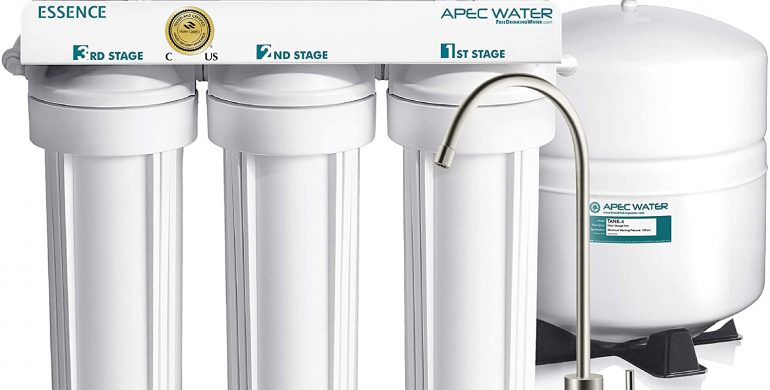
In a previous blog, we discussed what a RO system is. In the market, we find different stages of RO system.
These stages are named as per the number of pre-filters and post-filters they have as each filter removes certain unwanted particles and have their own role in the total filtration process.
If a filter is said it has seven-stage filtration, it means the water is filtered seven times using different pre-filters and post-filters before it is finally suitable to drink.
Sediment filter, Carbon filter and a RO membrane are the most important parts of every RO system.
These filters are called pre-filters if water passes through them before passing through the RO membrane and post-filters if water passes through them after passing through the RO membrane. RO systems have various stages (3, 4, 5 and so on) looking on number of pre-filters and post-filters.
Each RO system contains one or more of the subsequent filters:
- Sediment filter: It filters large particles like dirt, dust, and rust so that other filters doesn’t get affected.
- Carbon filter: It is mainly used to filter chlorine as chlorine can damage the membrane. Besides that, it can also filter other many types of contaminants which may be capable of giving the water a bad taste or odour. However it cannot filter dissolved solids
- RO membrane: It filters almost all of the unwanted dissolved substances in the water

- In a RO system, at first water goes through the pre-filtration process. The pre-filtration system is made up of a number of sediment and carbon filters. They remove the larger particles and chlorine from the water so that the RO membrane can function properly as these particles may clog or damage the membrane.
- After completion of the above process, the water passes through the RO membrane. In this phase dissolved solids in the water are removed. The membrane is capable of removing such small solids which cannot be even seen through a microscope.
- Now, the pre-filtered water after passing through a membrane is stored in a vessel tank inside the RO system.
- Finally, we turn on our vessel’s faucet to get the drinking water. Then the water doesn’t come directly to our faucet but instead it again goes through another post-filter to final polish the drinking water.
- Ways to prolong the lifespan of electrical systems - July 14, 2024
- How to unclog a shower drain - July 11, 2024
- Different types of Chiller system. - July 8, 2024


